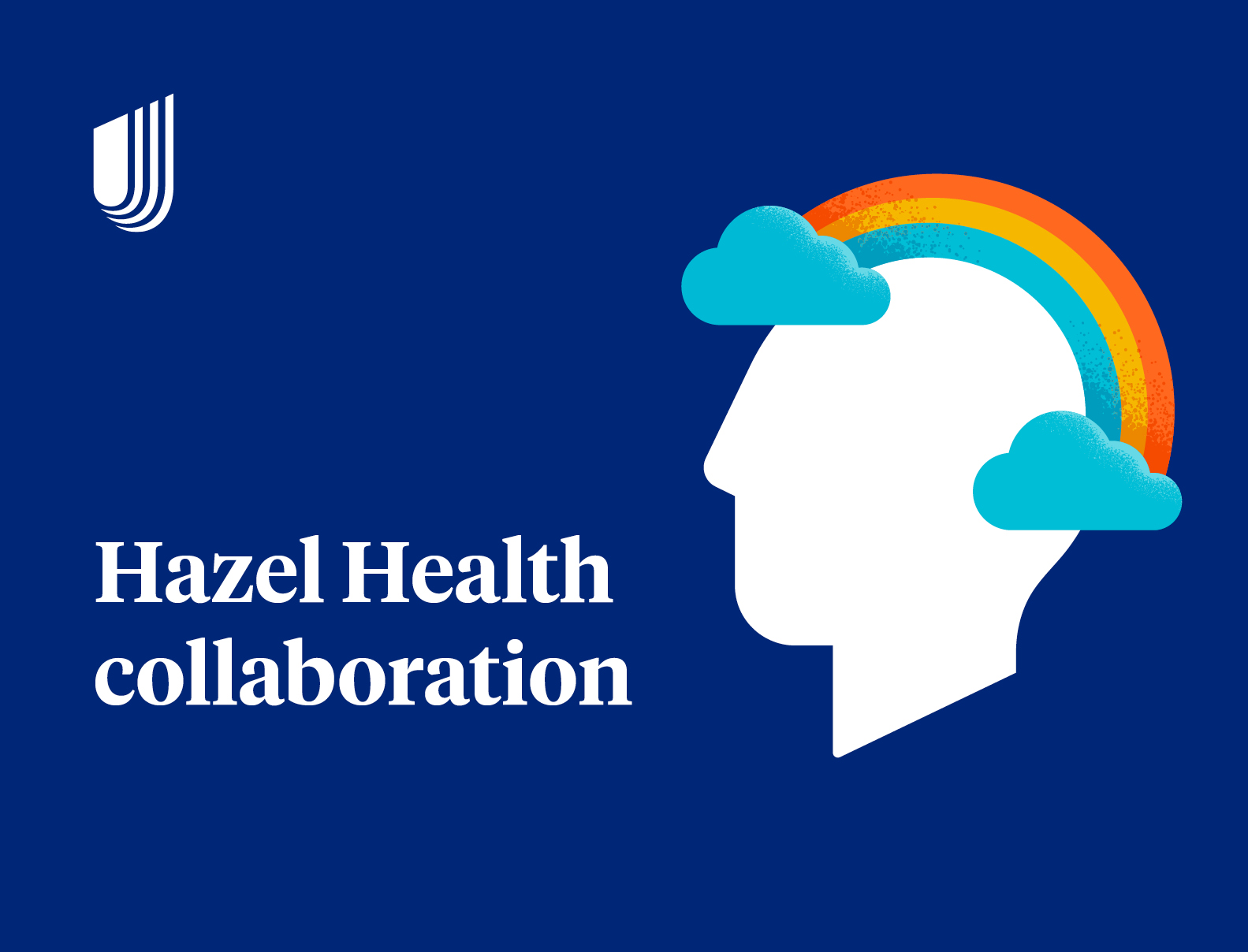Jennifer Janowski is Director of Clinical Strategy, Child and Adolescent Health, Nicole Truhe is Senior Director of Policy, Medicaid, and Dr. Arethusa Kirk is Vice President of Clinical Strategy with UnitedHealthcare Community & State.
From birth to age six, children experience enormous physical, developmental, social, and emotional growth. Consistent health care checkups and preventive care, including screenings and immunizations, help ensure a child is on track to reach developmental milestones.
The benefits of health care in early childhood can last a lifetime. According to the American Academy of Pediatrics (AAP), children without access to adequate health care often experience long-term harm, ending up in poorer health, with less educational attainment and less financial security in adulthood.1
The benefit of continuous health care coverage
Approximately 41 million children are insured via Medicaid or the Children’s Health Insurance Program (CHIP).2 However, continuous coverage policies for these programs differ from state to state. States currently have the option to extend 12 months of continuous coverage to children but just over half have done so.3
Without continuous coverage policies in place, children are at risk of losing Medicaid or CHIP coverage for administrative or procedural reasons during the annual redetermination process. When this occurs, it can result in gaps in coverage that can cause children to miss or delay important checkups.
Starting January 1, 2024, due to a provision in the Consolidated Appropriations Act of 2023, all states will be required to provide 12 months of continuous coverage for children up to the age of 19 in both Medicaid and CHIP.
Some states are rethinking their Medicaid enrollment policies in order to keep children continuously insured for even longer periods than 12 months. Maintaining health coverage would help children avoid gaps in care. A multiyear, continuous eligibility policy would also be a tool to help further reduce disparities in churn rates and promote health equity.4,5
Preventing gaps in medical coverage for children
UnitedHealthcare Community & State recognizes that medical care for children takes place in many settings, including school health centers, childcare programs, home visiting programs and a wide range of acute and subacute care facilities. We believe a concerted effort to deliver care that includes families, providers, and advocates is necessary to help ensure a better future for kids.
A policy of continuous coverage means we can ensure more children receive access to the preventive care and health screenings and treatment needed to support their development. In addition, such a policy supports parents to stay connected and engaged in their own health and the health of their children.
States act on continuous care policy
Several states, including California, New Mexico, Oregon and Washington have already submitted Medicaid waivers to the Centers for Medicare & Medicaid Services, or are in the process of developing these requests to obtain authority to institute multiyear continuous eligibility for the children served in their Medicaid programs. Oregon’s waiver was recently the first such waiver approved. The state is now authorized to provide continuous eligibility for children until they reach age six, continuous two-year eligibility for children and adults ages six and older regardless of changes in circumstances, and extended eligibility and benefits for youth with special health care needs up to age 26 with income levels up to 300% of the federal poverty level.6
Continuous eligibility allows states to help more children receive reliable and affordable health care at ages that are foundational for overall development and sets the stage for a successful transition to a school environment. Longer term, the experience of greater health equity as a child can potentially mean better holistic health outcomes as an adult.
Sources
- American Academy of Pediatrics Transition Plan for Healthy Children
- December 2022 Medicaid & CHIP Enrollment Data Highlights
- Continuous Coverage in Medicaid and CHIP
- Implications of Continuous Eligibility Policies for Children’s Medicaid Enrollment Churn
- American Academy of Pediatrics Statement on Fiscal Year 2023 Omnibus Package
- Oregon Health Authority Medicaid Policy











